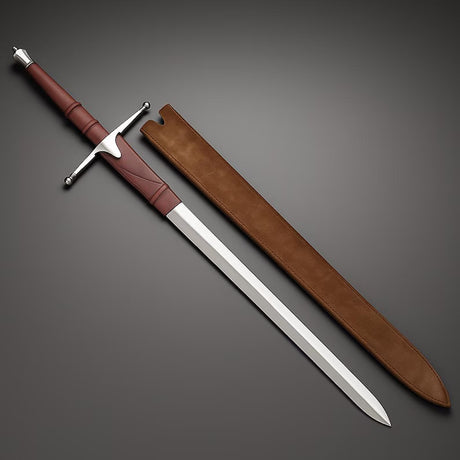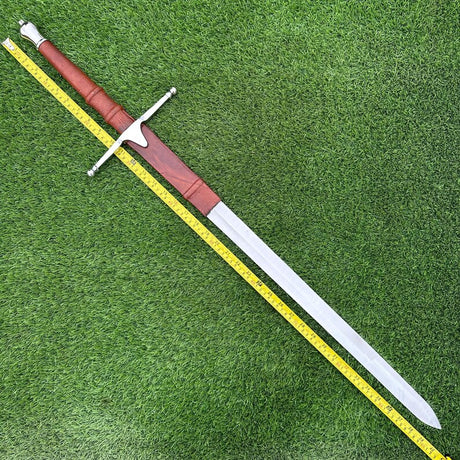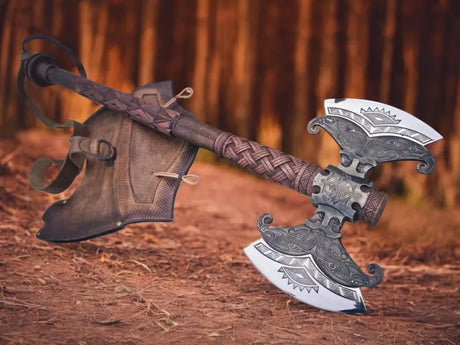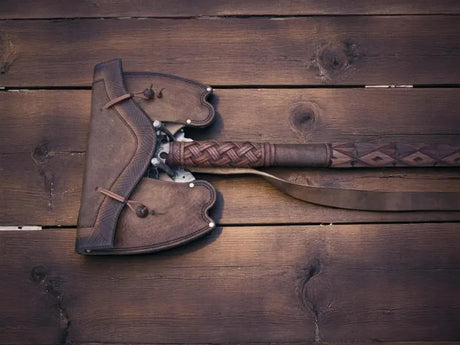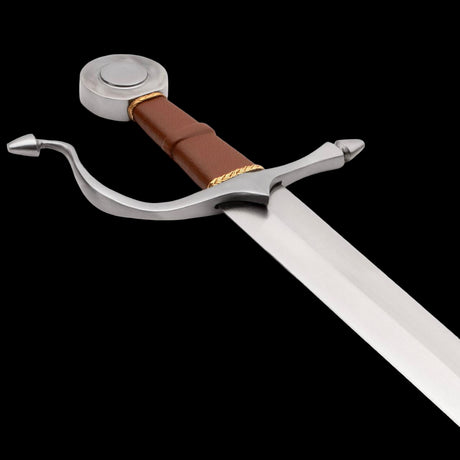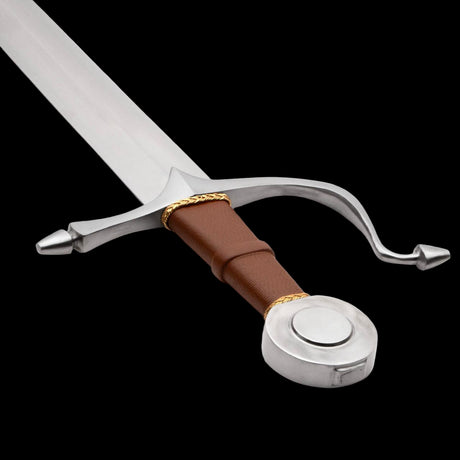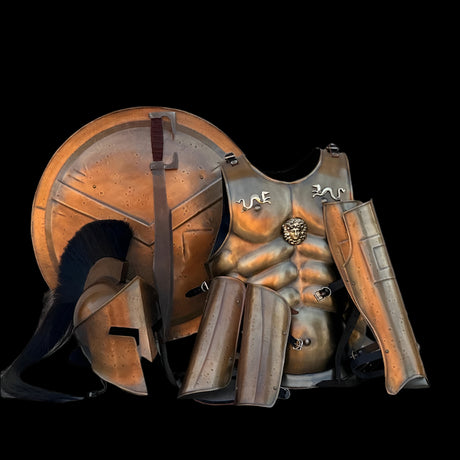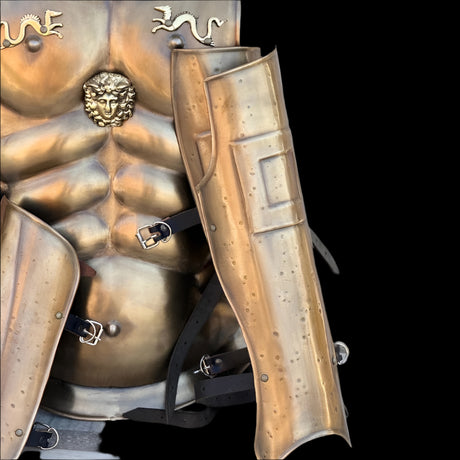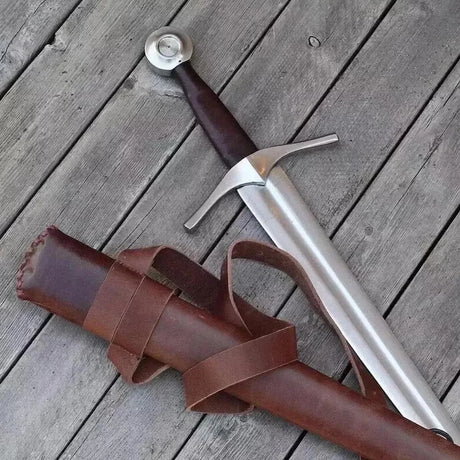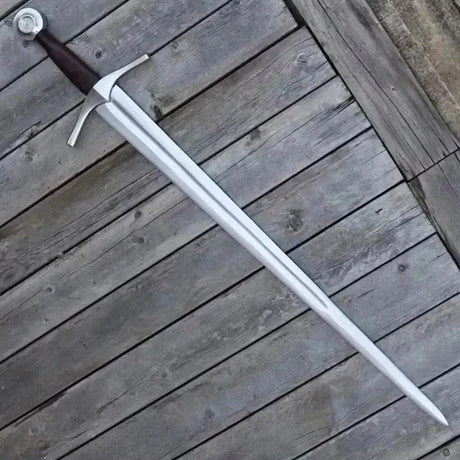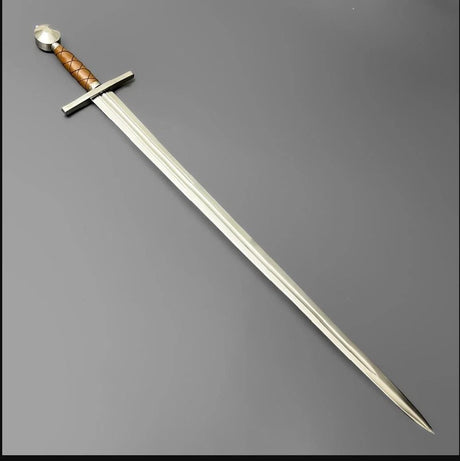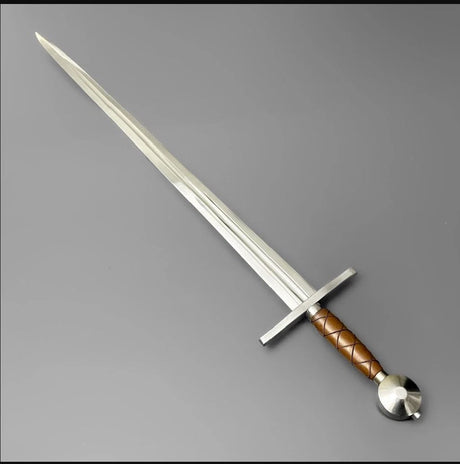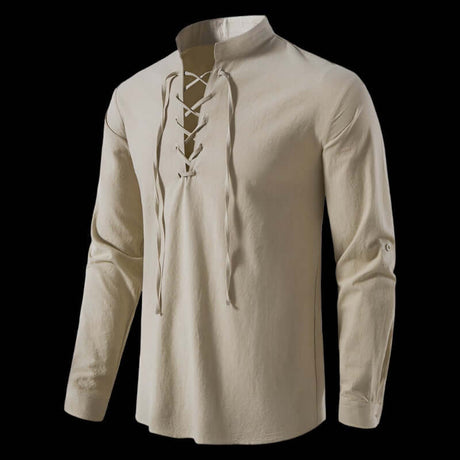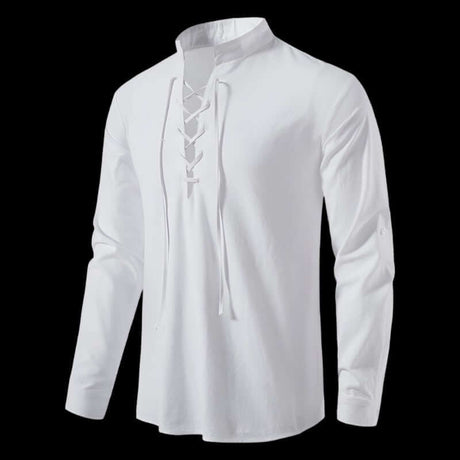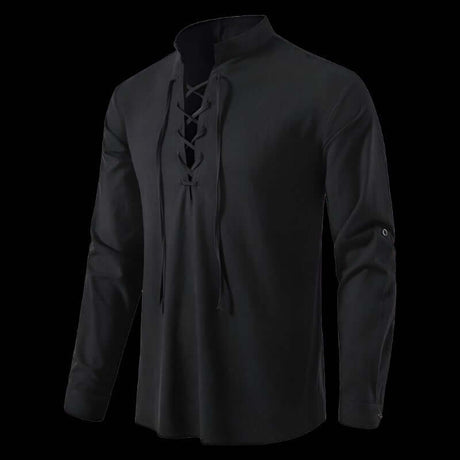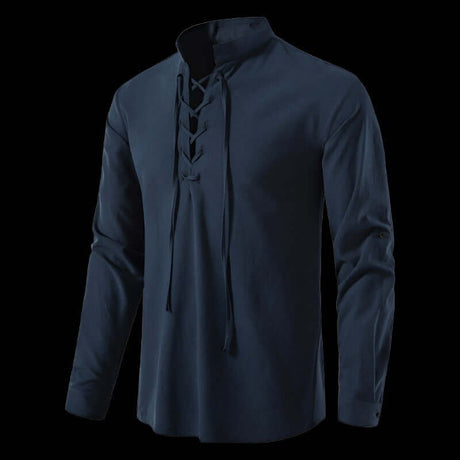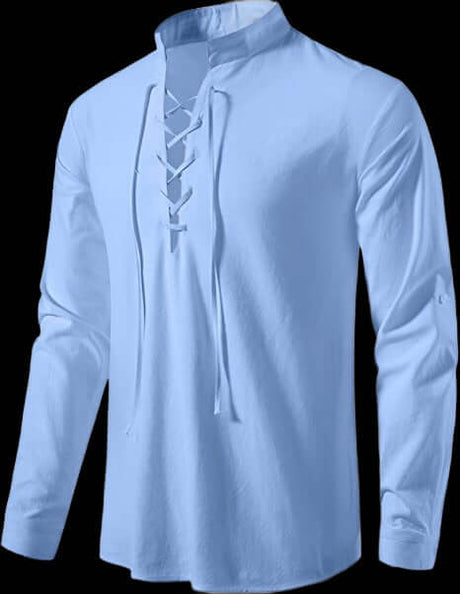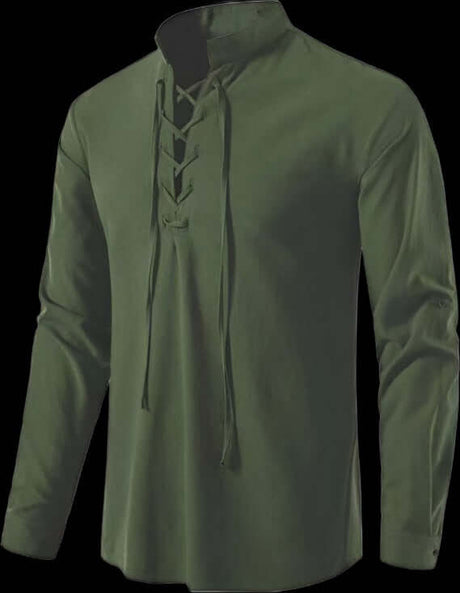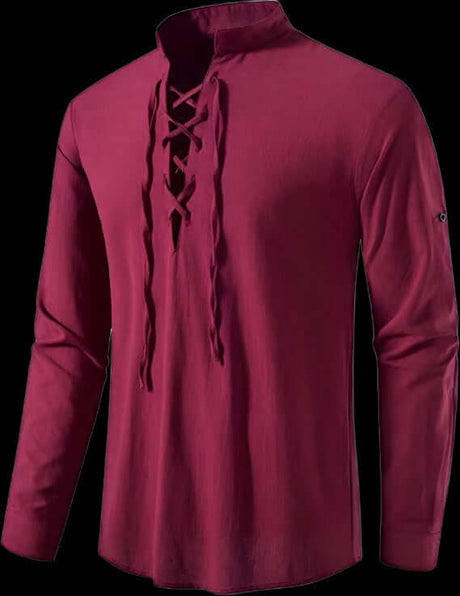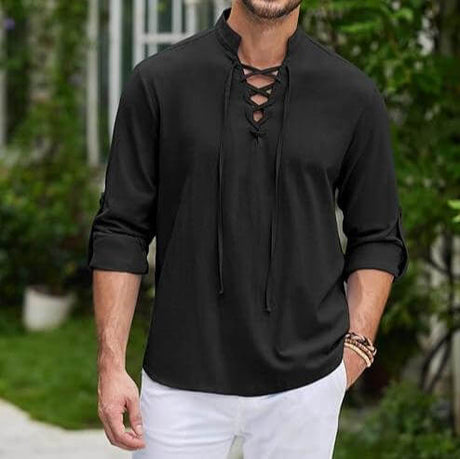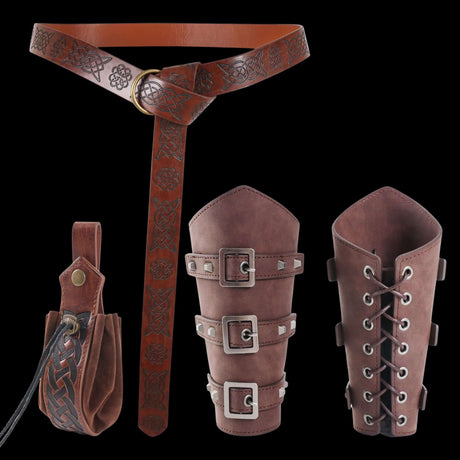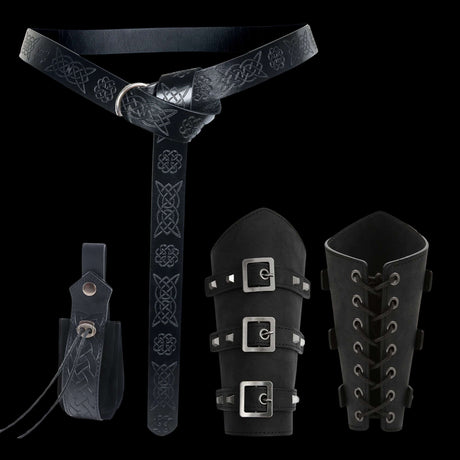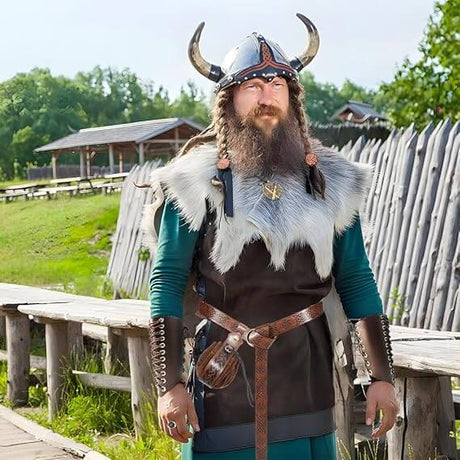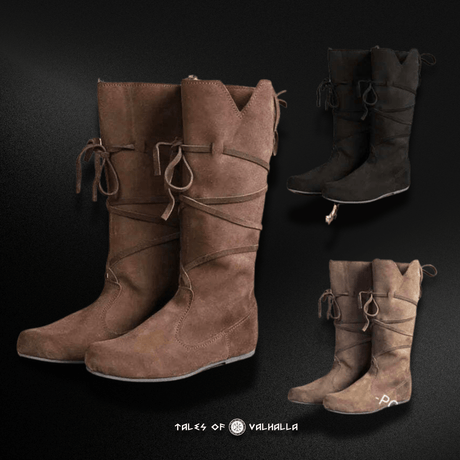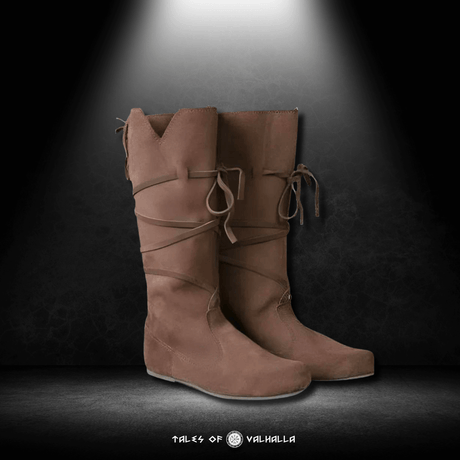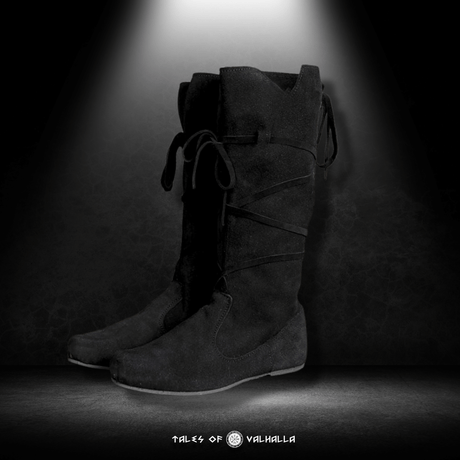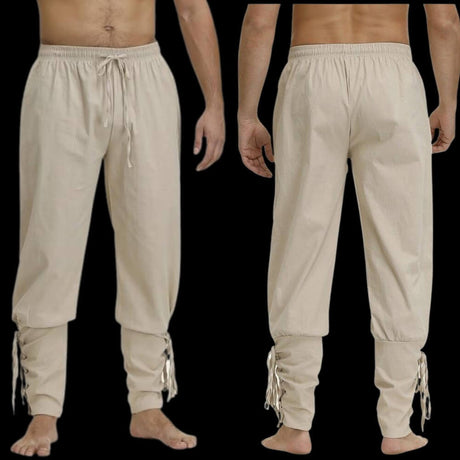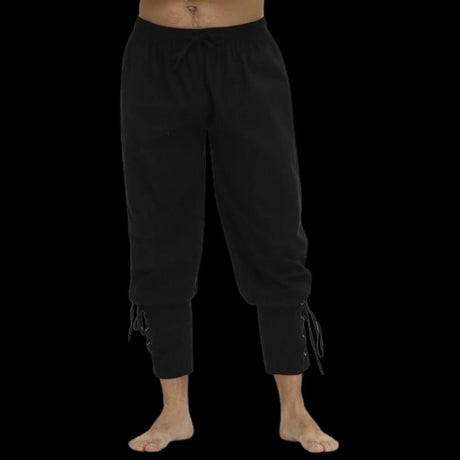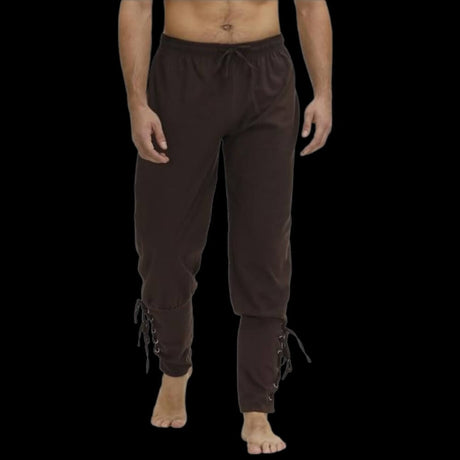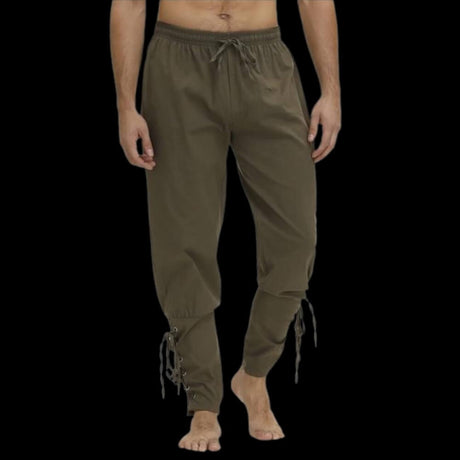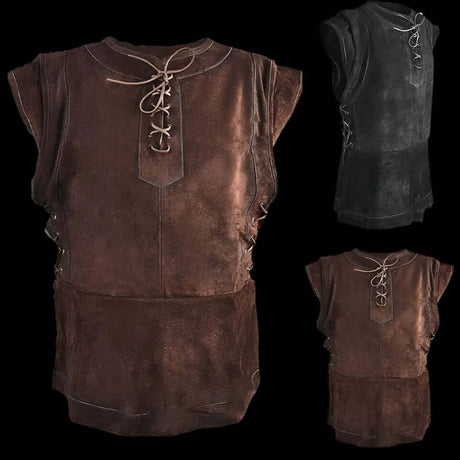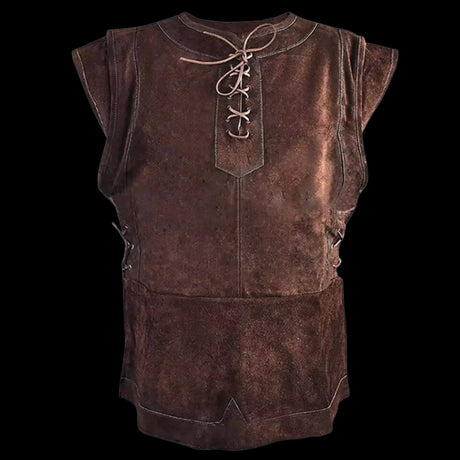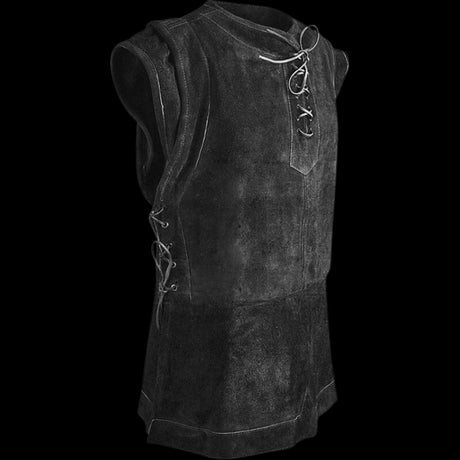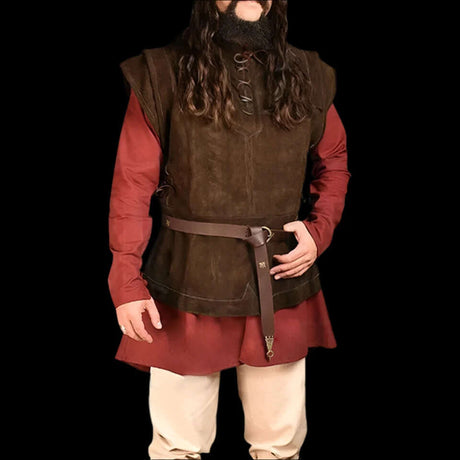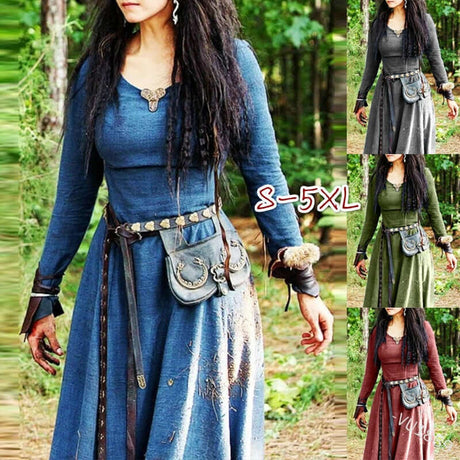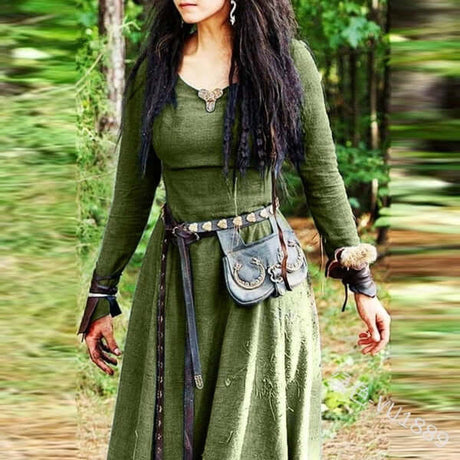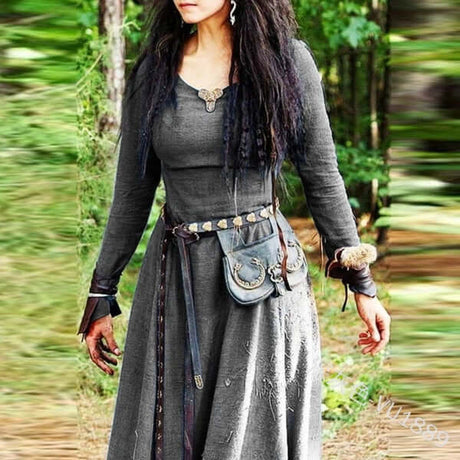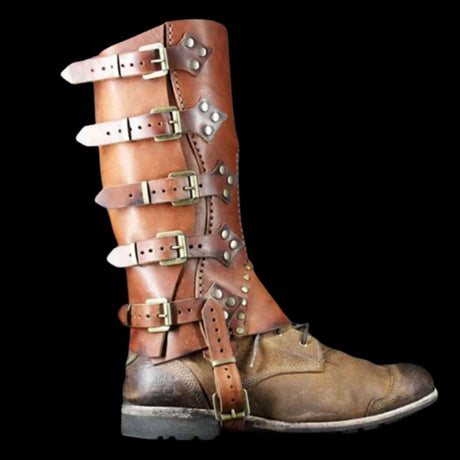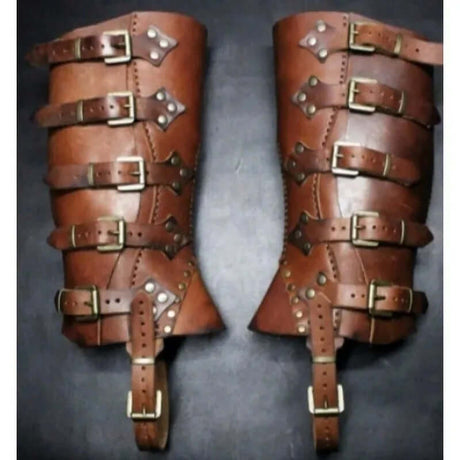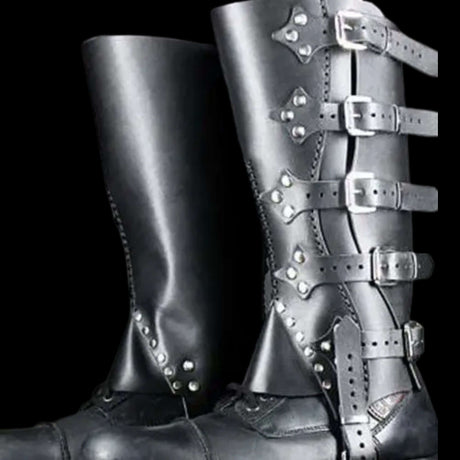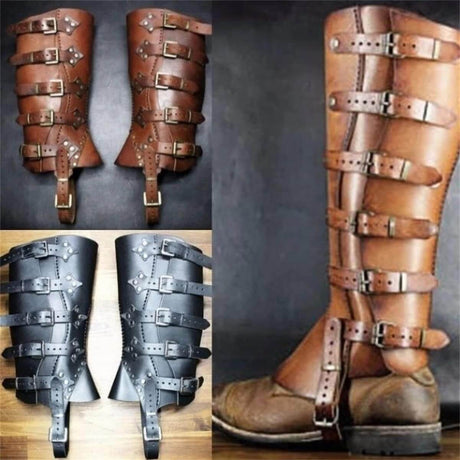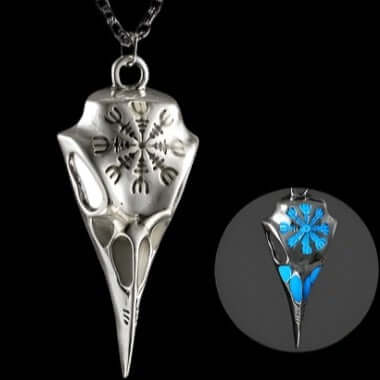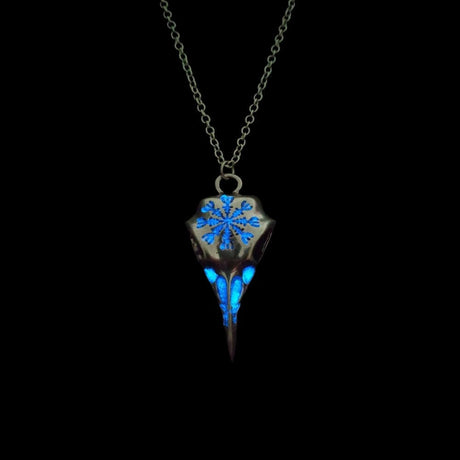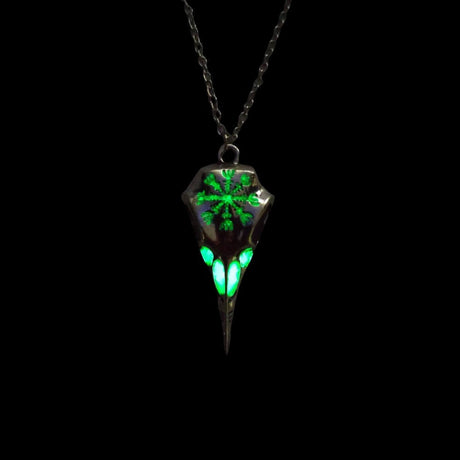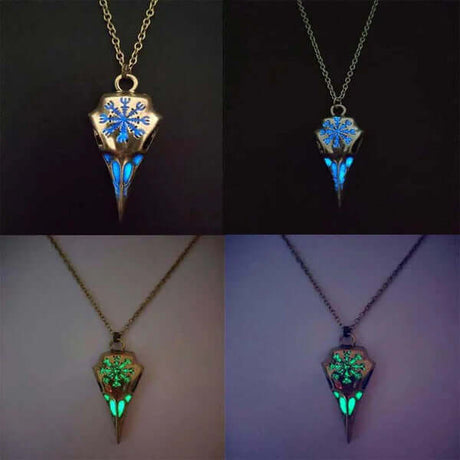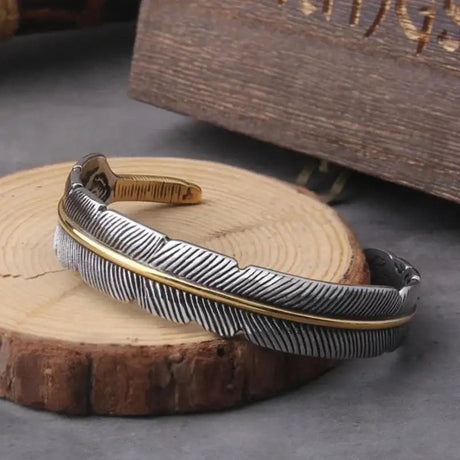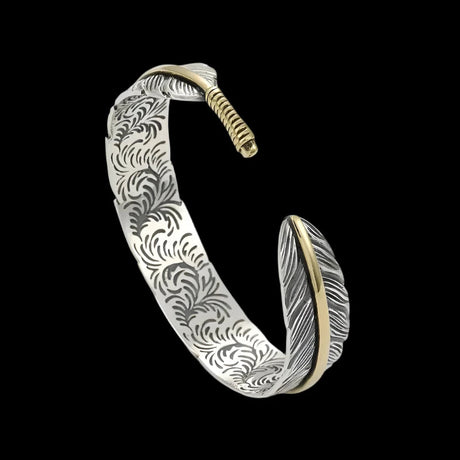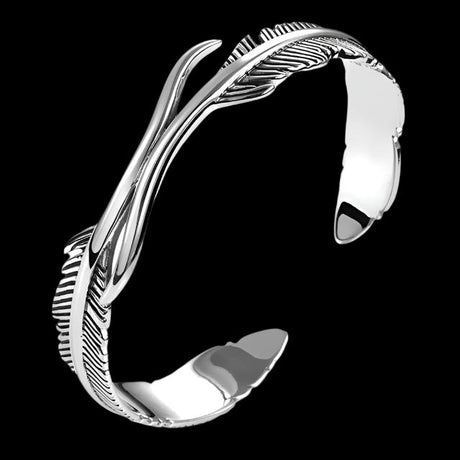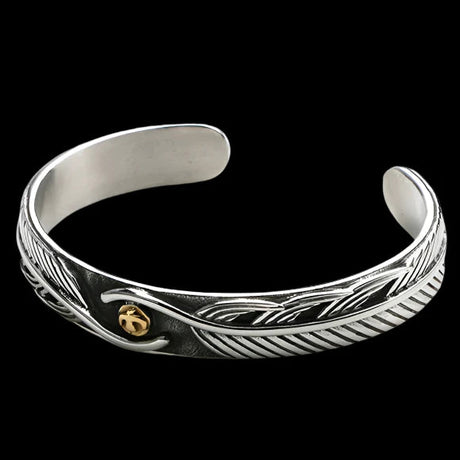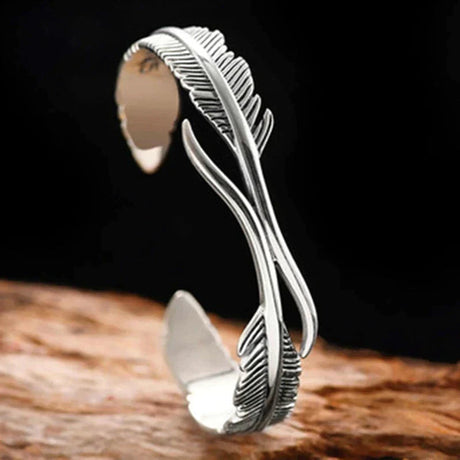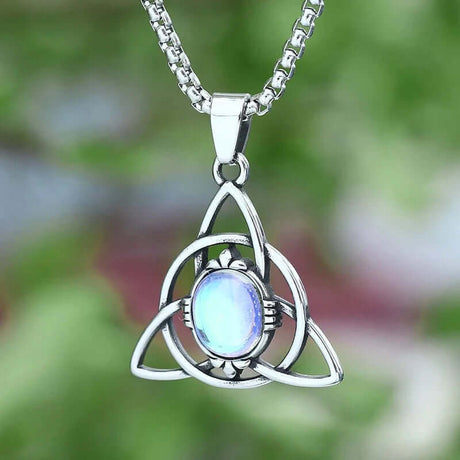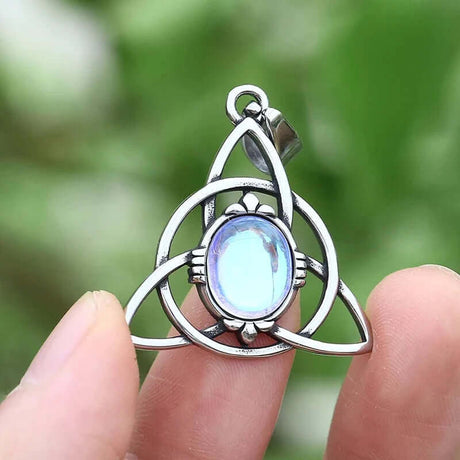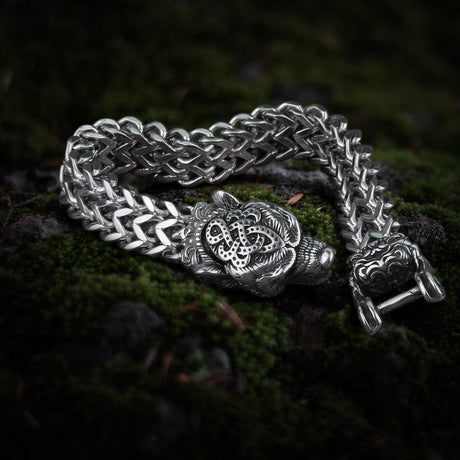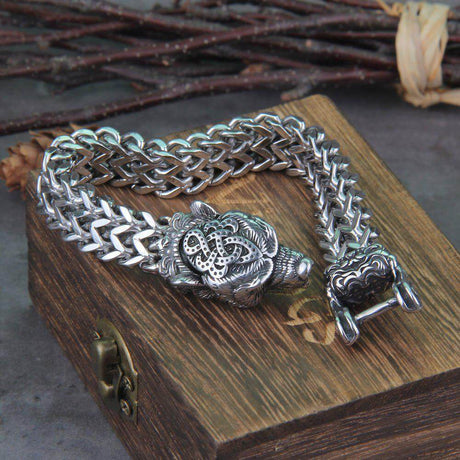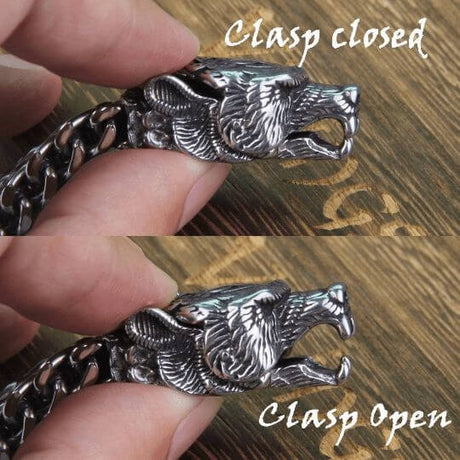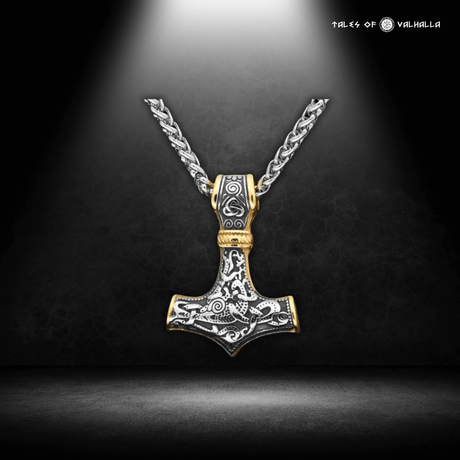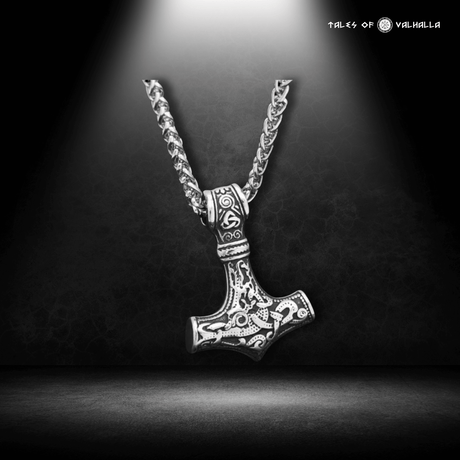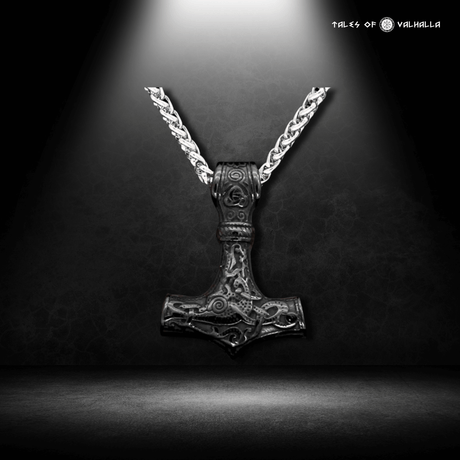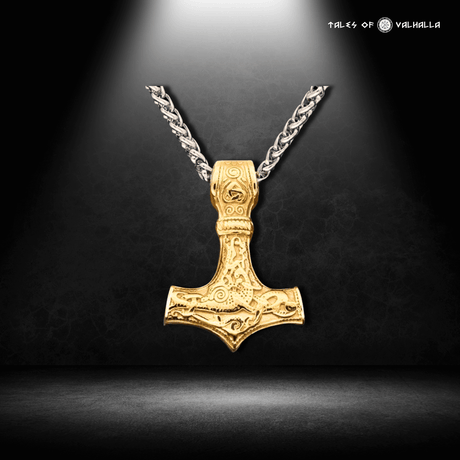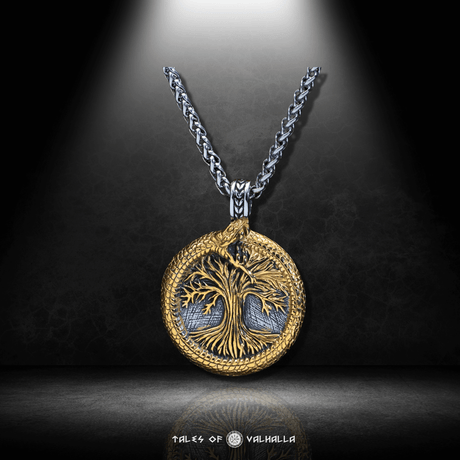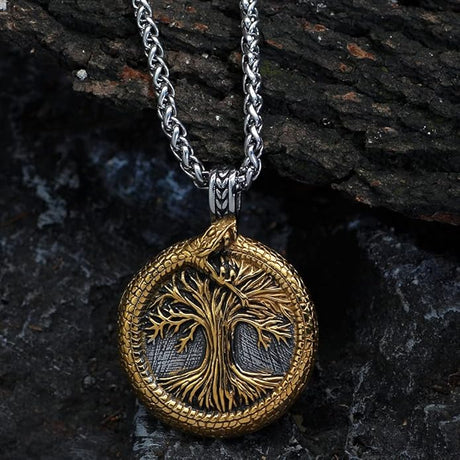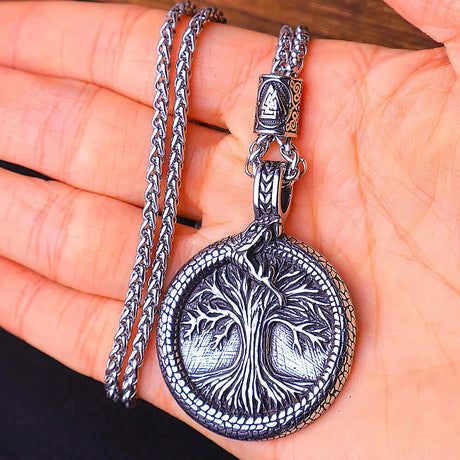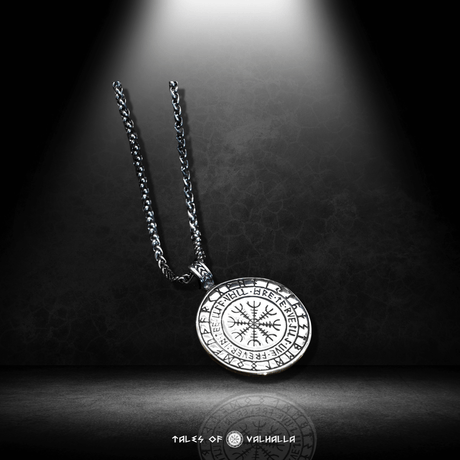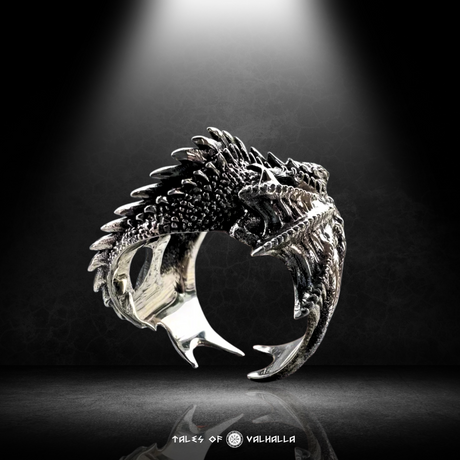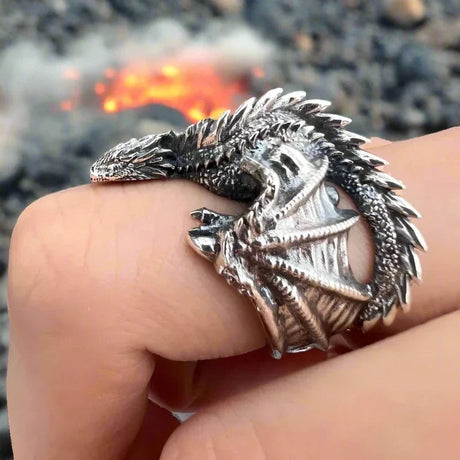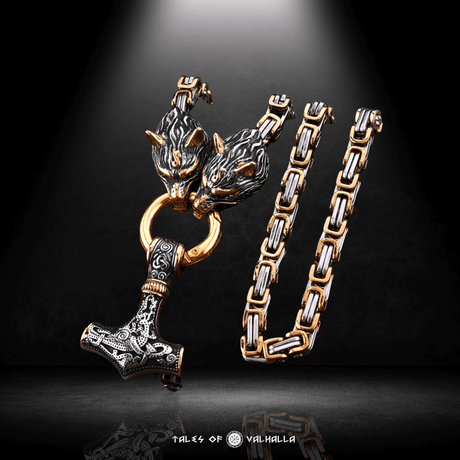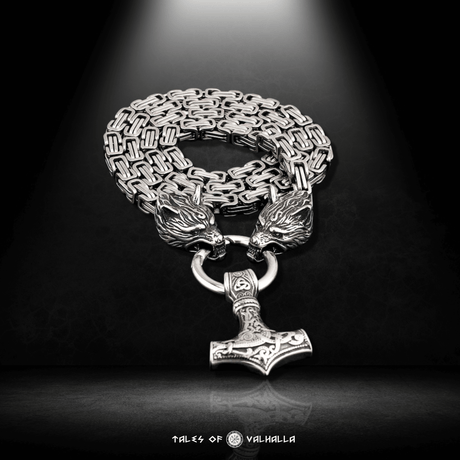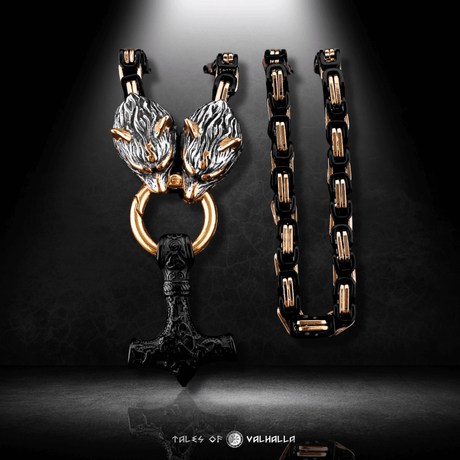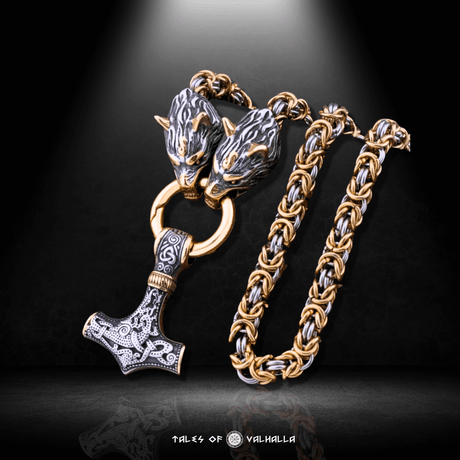The Viking Age, spanning roughly from 793 to 1066 AD, is remembered for the daring exploits of its seafaring warriors, often depicted wielding axes, shields, and helmets as they raided coastal towns across Europe. But beyond the popular image of fierce raiders, the Vikings were also skilled artisans, with their armory reflecting both their culture and their craftsmanship. Authentic Viking armory, consisting of axes, shields, and helmets, was crucial not only for survival in battle but also as symbols of social status and Viking heritage. This blog will dive deep into these weapons, exploring their construction, historical significance, and how they were used in warfare. Whether you’re a history enthusiast or a reenactor, understanding the key elements of authentic Viking armory offers a fascinating glimpse into Norse culture.
The Importance of Authentic Viking Armory in History
The Vikings were a warrior culture, and their weapons and armory were an extension of their identity. Every piece of authentic Viking armory was crafted to withstand the harsh realities of battle, while also showcasing the skill and resources available to the warrior. Axes, shields, and helmets were the cornerstones of Viking warfare, each serving a specific purpose in both offensive and defensive strategies.
Beyond their practical use, Viking weapons also symbolized power and social standing. Higher-ranking individuals could afford more ornate and durable weapons, often decorated with intricate designs or made from superior materials. This armory was passed down through generations, becoming part of the family’s legacy.
The Viking Axe: A Symbol of Power and Practicality
Understanding the Authentic Viking Axe
One of the most iconic weapons of the Viking Age is the authentic Viking axe. Unlike the swords of other warrior cultures, which were often expensive and reserved for the elite, axes were affordable, versatile, and accessible to most Viking men. These weapons were not only used for battle but also as tools in everyday life—an axe could be used for chopping wood or building ships, then easily transitioned into a lethal weapon in times of war.
Construction of Viking Axes
The authentic Viking axe was designed for maximum efficiency in battle. The head of the axe was made from iron, typically featuring a wide, sharp blade that could be used for both slashing and cleaving. Viking axes varied in size, with smaller one-handed axes being used by foot soldiers, while larger, two-handed axes, like the famous Dane axe, were wielded by more experienced warriors.
The handles of Viking axes were often made from wood, such as ash or oak, and could be up to a meter long for the two-handed varieties. The length of the handle provided leverage, allowing a Viking warrior to deliver powerful blows that could penetrate shields or armor.

Viking Axes
Types of Viking Axes
There were several types of axes used by Viking warriors, each with its own unique advantages. The bearded axe, one of the most well-known designs, featured an extended lower edge that created a hook-like shape. This design allowed for greater control and versatility in combat, as the warrior could use the beard of the axe to pull an enemy’s shield or weapon out of the way, leaving them vulnerable to attack.
The Dane axe, on the other hand, was a larger, two-handed axe favored by the elite Viking warriors and was often seen in ceremonial contexts as well. With a long handle and a wide, thin blade, the Dane axe could deliver devastating strikes, capable of decapitating an opponent or smashing through shields.
Viking Shields: Protection and Tactics
The Construction and Role of Authentic Viking Shields
A Viking’s shield was more than just a defensive tool—it was a critical component of their overall battle strategy. Authentic Viking shields were typically round and made from wood, such as spruce or fir, with a metal boss in the center that reinforced the shield and provided a place for the warrior’s hand. The shield was often covered in leather or hide for added durability, with metal edges or rims to prevent splitting during combat.
Viking shields were usually about a meter in diameter, large enough to protect the warrior’s body but not so cumbersome as to limit mobility. They were lightweight compared to other shields from the same period, allowing Viking warriors to move quickly on the battlefield.

Viking Shields
The Viking Shield Wall
One of the most effective Viking battle formations was the shield wall, where warriors stood side by side, locking their shields together to create a solid wall of protection. This formation allowed the Vikings to advance on their enemies with minimal exposure to arrows or sword strikes. The warriors in the front line would crouch behind their shields, while those in the back would thrust spears or axes over the top. The shield wall required coordination and discipline, traits that the Vikings were known for in battle.
Shield Design and Decoration
While Viking shields were primarily functional, they were often decorated to signify the warrior’s status or allegiance. Shields could be painted in bright colors, with patterns like spirals or crosses, or adorned with runic inscriptions and other symbols from Norse mythology. Wealthier Vikings might have shields reinforced with metal edging or bosses that were intricately engraved.
For many Vikings, a well-made shield was a source of pride. These shields were often passed down from father to son, becoming part of the family’s legacy. In some cases, fallen Viking warriors were buried with their shields, reflecting the significance of this piece of armory in both life and death.
Authentic Viking Helmets: Myths and Realities
The Reality of Viking Helmets
When most people think of Viking helmets, they picture the infamous horned helmets popularized by modern media. However, this image is a myth—authentic Viking helmets did not have horns. The idea of horned helmets likely originated from 19th-century opera costumes or other forms of dramatized Viking imagery.
Authentic Viking helmets were far more practical in design, intended to provide protection without sacrificing mobility or vision. Most Viking helmets were made from iron and featured a simple rounded cap, often with a nose guard (known as a nasal) to protect the face. Some helmets also had eye guards or cheek plates for additional protection, but these were typically reserved for wealthier warriors, as such helmets were costly to produce.

Viking Helmets
Construction of Viking Helmets
The typical Viking helmet was made by forging several pieces of iron together, creating a durable yet lightweight structure. The helmet’s rounded shape helped to deflect blows from swords or axes, while the nasal protected the warrior’s face during close combat. Helmets were often lined with leather or cloth to provide comfort and cushioning.
While helmets were not as common as other pieces of Viking armory—due to the expense of iron and the skill required to forge them—they were highly prized by those who could afford them. Many Viking warriors would go into battle wearing only a helmet and shield as their primary defense, relying on agility and the protection of their comrades to survive.
Viking Helmet Symbolism and Status
For the Vikings, a helmet was more than just a piece of battle gear—it was a symbol of prestige. Only the wealthiest or most successful warriors could afford a high-quality helmet, and these helmets were often elaborately decorated with silver or gold inlays, intricate carvings, or symbolic motifs related to Norse mythology.
In some cases, Viking helmets were designed to be worn in ceremonial contexts, such as during religious rites or festivals, further emphasizing the helmet’s importance in Viking culture. A well-crafted helmet was a testament to the warrior’s skill and status, and like other pieces of armory, it was often passed down through generations.
The Role of Armory in Viking Society
Armory as a Status Symbol
The quality and decoration of a Viking’s armory were often direct reflections of their social status. While every Viking needed basic weapons and protection to survive, wealthier individuals could afford more ornate and durable equipment, often customized to suit their preferences. These items were typically handmade by skilled blacksmiths and craftsmen, whose work was highly valued within Viking society.
Viking chieftains and other high-ranking individuals might have axes with inlaid silver designs or helmets adorned with precious metals. Even shields could become works of art, featuring intricate carvings or painted scenes from Norse mythology. These items were not just functional—they were statements of power, wealth, and heritage.
Rituals and Burials
The significance of Viking armory extended beyond life and into death. When a Viking warrior died, they were often buried with their weapons and armor, reflecting the belief that these items would accompany them to Valhalla, the hall of the slain, where they would join Odin’s army for the final battle of Ragnarök. Axes, shields, and helmets were common grave goods, serving as reminders of the warrior’s skill and valor in life.
In some cases, particularly for elite warriors or chieftains, elaborate burial mounds were constructed, and their weapons were arranged in symbolic ways. These burial practices highlight the deep connection between Viking armory and the spiritual beliefs of Norse society.
Modern Interpretations of Viking Armory
Reenactments and Historical Festivals
Today, the legacy of authentic Viking armory lives on through reenactments, historical festivals, and modern media. Many enthusiasts seek to recreate historically accurate Viking weapons and armor, paying close attention to the materials and techniques used during the Viking Age. These recreations are often showcased at Viking festivals or battle reenactments, where participants don their axes, shields, and helmets to relive the glory of the past.
Modern blacksmiths and artisans have also embraced the challenge of crafting authentic Viking axes, shields, and helmets, using traditional forging methods to produce replicas that are as close to the originals as possible. These items are highly sought after by collectors, reenactors, and anyone interested in Viking history.










